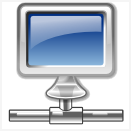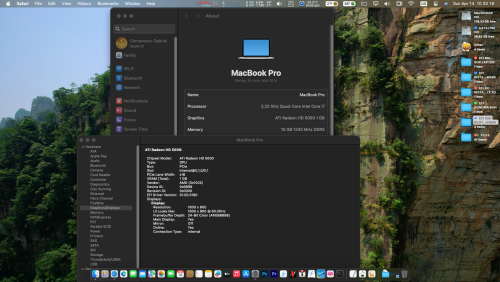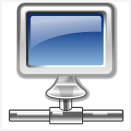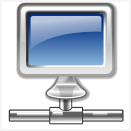Get ready folks - as the month of December comes to close, plan to be delgued with analyst predictions and juicy rumors about the Intel Macs that will (maybe) be introduced at MacWorld. We'll give you our take in a week or so.
First up, the upcoming 10.4.4. release. As AppleInsider notes, Apple ususally introduces updates right before they leave for Christmas break, and this year is no exception.
Sources and reports already present on the Internet say Apple this week released to developers build 8G17 of Mac OS X 10.4.4 Update -- a forthcoming maintenance release to the company's Tiger operating system.
Previous reports indicate that a later milestone of Mac OS X 10.4.4 may be the first version of Tiger to ship on Intel-based Mac systems. The release is also rumored to deliver fixes for AirPort and Bluetooth wireless access, Spotlight indexing and searching, and RAW camera support.
RAW support to fix some of the problems with Aperture? It's wouldn't surprise me. Also making the rumor rounds over the past few days is this one from MacRumors (and others) about Apple's plan to resurrect Yellow Box as "Dharma" to allow cocoa apps to run on Windows.
A first time poster to MacGeneration (French) forums posted the contents of an email, which was originally sent to another website.
The writer claims that Apple is reviving "Yellow Box for Windows" -- a development environment which promised Mac OS X developers the ability to develop and then deploy of both Mac OS X and Windows environments. The original plans for Yellow Box were promised during early developer sessions by Apple, but later killed.
The letter claims that the project has been relaunched internally under the name "Dharma". Resultant applications will be true "Universal Binaries", allowing developers to released their applications under the Windows environment also.
Finally, don't miss this very interesting interview with Steve Wozniak. Of special note, the father of Apple talks about running OS X on non-Apple hardware.
Apple has been very adamant and has stuck by their guns for a long, long time and they put everything at risk in the company many times to basically say that we're going to be a proprietary operating system and you're going to have to buy our hardware to run it. Apple has treated itself more like a hardware company than a software company, even though it really is the Macintosh operating system that makes it different.










Recommended Comments